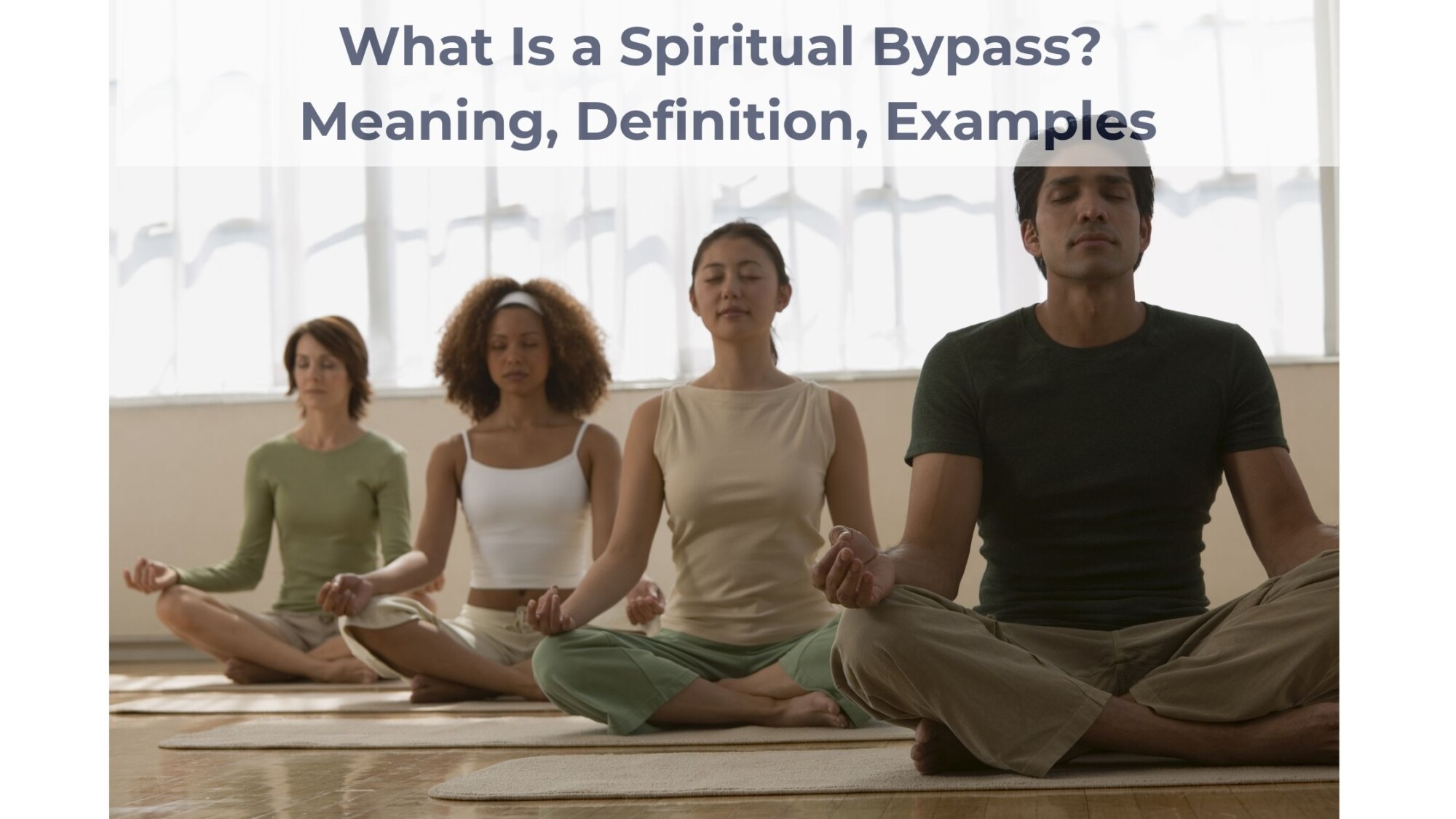The mini-me responds to exaggerated or imaginary situations that frighten it with physical survival strategies, including fight, flight, freeze, or please. When we fight imaginary enemies, we end up feeling frustrated, confused, or anxious. When we run away from them, we end up in denial, dissociation, or fantasy. If we freeze, we get depressed or shut down. If we please, we often end up feeling minimized, oppressed, or victimized.
The more we try to think our way out of situations that frighten the ego-identification, the more neurotic and confused we become. Because we don’t know what to do with our mistaken perceptions of danger, we frequently act out our feelings instead of expressing or examining them. We may react aggressively as if we are being attacked. Or we may repress our feelings, resulting in painful, energy-sapping shame, hopelessness, or self-hatred.
When the mistaken identity feels threatened, it’s as though a car alarm has gone off accidentally and the mind immediately scans for suspects — even though no crime has been committed. Ego-identification begins to strategize, creating multiple delusional scenarios that are confused with memories of actual physical and emotional threats that occurred in the past. The mistaken identity’s conclusion — I am in danger — sends fear signals cascading through our innocent bodies, releasing a flood of chemicals such as adrenaline and cortisol that increase the very real feelings of immediate physical danger. Since fear is a biological experience, fear cements the mistaken identity’s belief that someone real is being threatened. The strong emotions accompanying fear can be acted out through attack, blame, or addiction; or they can be suppressed, often leading to anxiety or depression.
From the perspective of mistaken identity, making a slight error or engaging in a disagreement can be interpreted as causing a potential risk of death, and thus a threat to its sense of “me.” Our mistaken identity feels that it has to maintain control and avoid criticism; it must be right or the ego-identification feels it could become “dead wrong.”
One student told me that she’d just been promoted at work, but the very next day when her boss frowned, she watched the ego-identification’s story play out on the screen of her mind. She went from joy to an immediate fear of being fired, of losing her home and her partner for being such a failure, of becoming homeless on the streets, and of ultimately falling sick and dying alone. However, she was able to realize no real threat of being fired existed. In addition, she saw that ego-identification had co-opted her physical-survival program. Next, she was able to step back to awake awareness, and from there she watched how she had contracted into ego-identification. She was able to soothe her scared personality and body while feeling spacious and connected.
We can learn to shift levels of mind and see what is true. Feelings aren’t facts. It is a fact that she was feeling fear, but it was not a fact that there was a threat to her physical safety.
At root, our chronic pain and suffering comes from a simple case of mistaken identity. Ego-identification is happening by itself; it is not something we intentionally create. We often don’t know that it’s happening or that there’s an alternative — and from our current level of mind, we can’t see how it’s created. This lack of knowing is often called “ignorance” or “confusion.” Most of us do the best we can with what we know from our current level of ego-identification. It’s often only after shifting out of ego-identification, and looking back, that we recognize ego-identification for what it is. By directly experiencing life from the awareness-based operating system, we can begin to free ourselves from the suffering caused by our mistaken identity.
For more information, see Loch’s book and audio of meditations, Shift Into Freedom








